The pour point of a liquid (crude oil or a petroleum fraction) is the temperature below which the liquid becomes plastic and loses its flow characteristics. So pour point is the demarcation point of a fluid’s flowability and an important parameter of liquids at low temperatures. Above the pour point temperature, the liquid will flow without stirring, under standard conditions. This is the lowest temperature at which the oil will flow under gravity. The pour point of a liquid depends on its molecular structure and the presence of waxes in the liquid.
Significance and Features of Pour Point
- The pour point indicates a liquid’s lower temperature properties.
- If the surrounding temperature is less than the pour point, it cannot be transferred through a pipeline.
- The pour point is more significant for Lubricating oils.
- Pour points provide the lowest temperature for that fluid at which it can transfer by pouring.
- The high value of the pour point means it can become semi-solid at that temperature which may cause jamming of the machine during operation.
- For Lubricating oils, the pour points determine the liquid’s suitability be used as a lubricant at sub-zero temperatures. Also, the pour point indicates the dissolved wax concentration in the oil.
- The pour point is used to allow process dimensioning and pumping calculations and in preventive actions and process improvement.
Pour Point Measurement
There are two methods for measuring the pour point of a liquid; the Manual method and the Automatic method.
Manual Method of Pour Point Measurement:
ASTM D97 (ISO 3016 or IP 15) standard provides the standard test methods for determining the pour point of Crude oil. As per these standards, the Crude oil specimen is cooled inside a cooling bath. Paraffin wax crystals are formed upon cooling. At about 9°C above the expected pour point, and for every subsequent 3°C, the test jar is removed from the cooling bath and tilted to check if the crude oil surface is moving. When the crude oil specimen ceases to flow when tilted, the jar is held horizontally for 5 sec. If the liquid does not flow, the pour point of crude oil is determined by adding 3°C to the result. So Pour Point=Temperature at which the liquid does not flow+3°C.
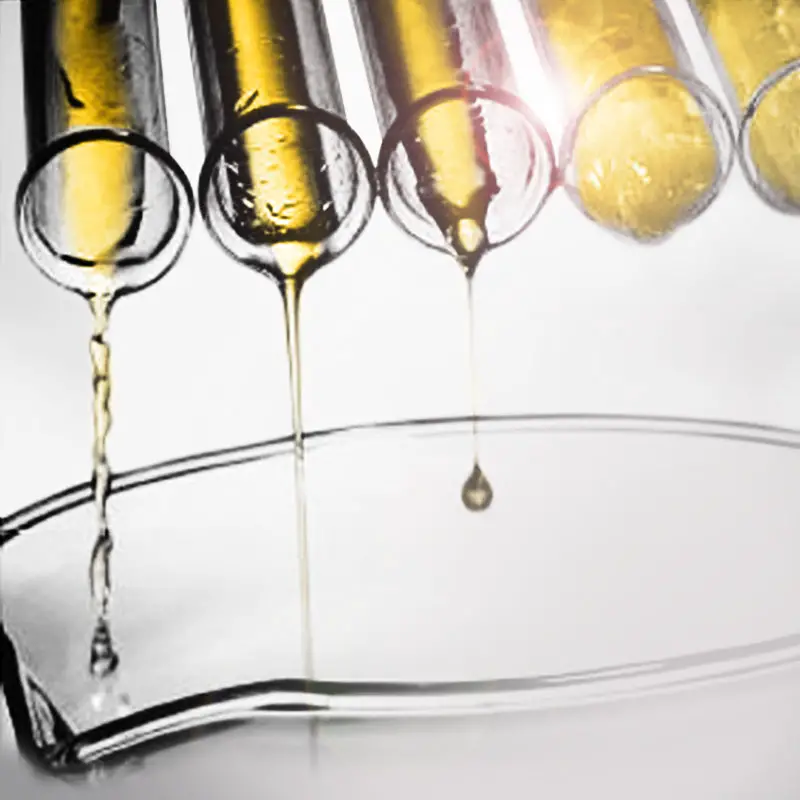
Automatic Method of Pour Point Measurement:
ASTM D5949 provides the automatic method for pour point measurement of petroleum products. This method is known as the Automatic Pressure Pulsing Method. Under ASTM D5949, the test sample is heated and then cooled by a Peltier device at a rate of 1.5±0.1 °C/min. A pressurized pulse of compressed gas is imparted onto the surface of the sample at either 1 °C or 3 °C intervals. The liquid sample is continuously monitored for movement by multiple optical detectors. The lowest temperature at which surface movement is detected on the sample is indicated to be the pour point.
The pour point of crude oils generally relates to their paraffin content. With an increase in the paraffin content, the pour point of crude oil increases.
Typical Pour Point Values
The pour point for Crude oils ranges from 32 °C to below −57 °C (90 °F to below −70 °F). Some typical values of the Pour Point are provided below in the table:
| Liquid | Pour Point |
| Multi-grade engine oil | -35 Deg. C |
| Monograde engine oil | -23 Deg. C |
| Turbine Oil | -18 Deg. C |
| Synthetic Polyol ester | -32 Deg. C |
| Castor Oil | -33 Deg. C |
| Coconut Oil | 21 Deg. C |
| Groundnut Oil | 3 Deg. C |
| Mustard Oil | -18 Deg. C |
| Sunflower Oil | -18 Deg. C |
| Olive Oil | -9 Deg. C |
| Kerosene | -69 Deg. C |
Factors Affecting Pour Point of Crude Oil
Factors that directly affect the pour point of crude oil are
- Temperature differential
- Paraffin wax content
- Flow rate
- Surface Properties
- Viscosity
Due to the presence of high content of high molecular weight components, such as waxes, asphaltenes, and resins, Heavy and extra-heavy crude oils normally have higher pour points. The pour point of a liquid can be improved using depressants like polymethacrylates, alkylated wax phenol, Alkylated wax naphthalene, etc. Such depressants modify the interface between the oil and wax present.


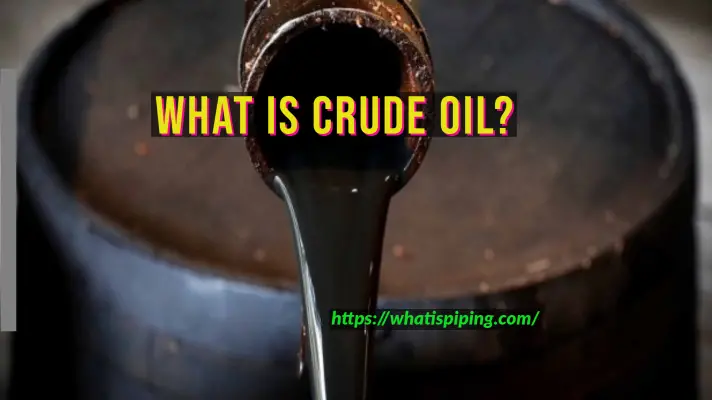

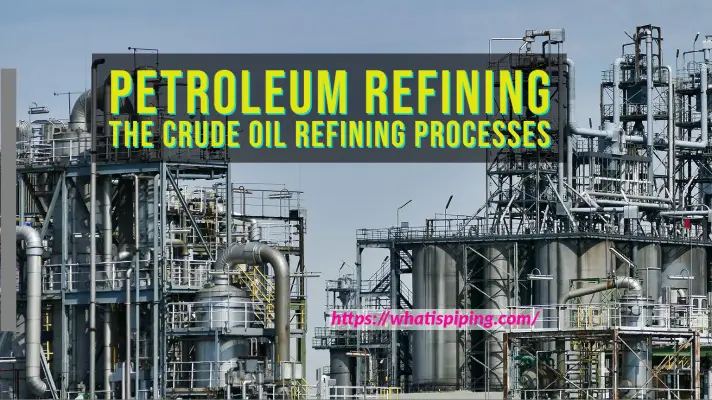
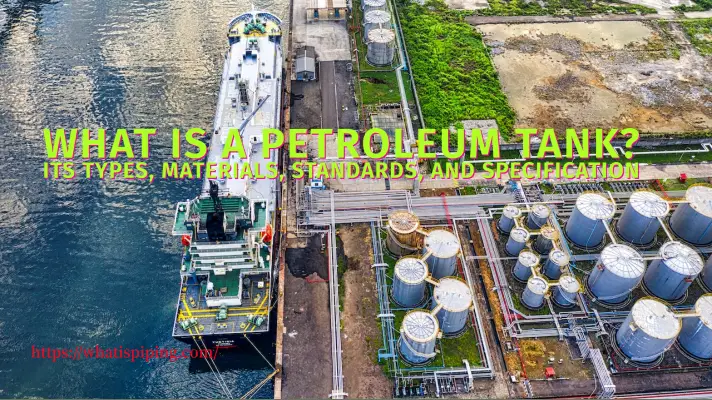

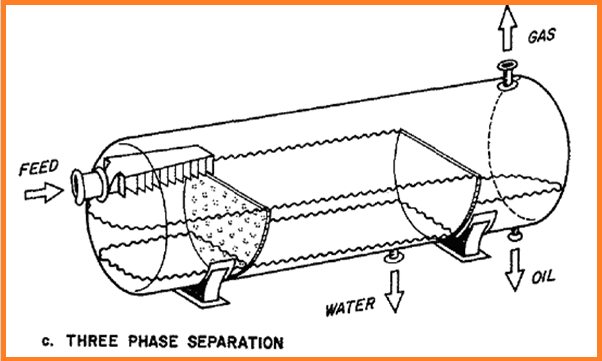
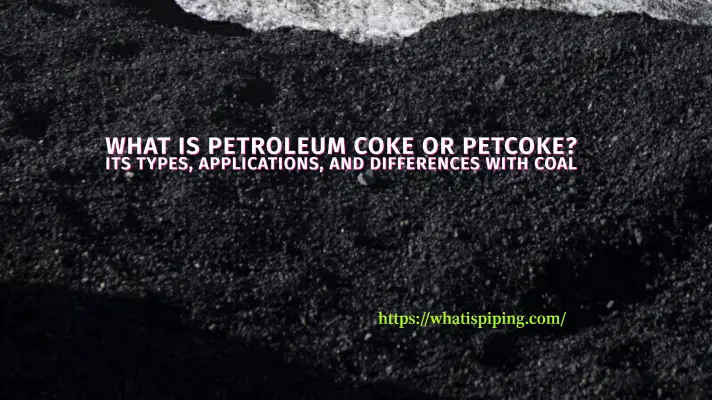
Greetings, Mr. Anup Kumar Dey
Thanks so much for your information, it seems that the main factor could be temperature, however I have a minor question : in your opinion did you think that the pressure support due to water injection could be effect on forming of wax.
Many Thanks
Hassan Jaloul
Sr. Reservoir Engineer
Thank you
My mentor was the technical head of Caltex Chevron in KSA, he said pour point is always the multiple of 3, is this correct? e.g -30, -9, -33, -21, -24 etc.
This writeup explained the method of the 3 decree Celsius scale.